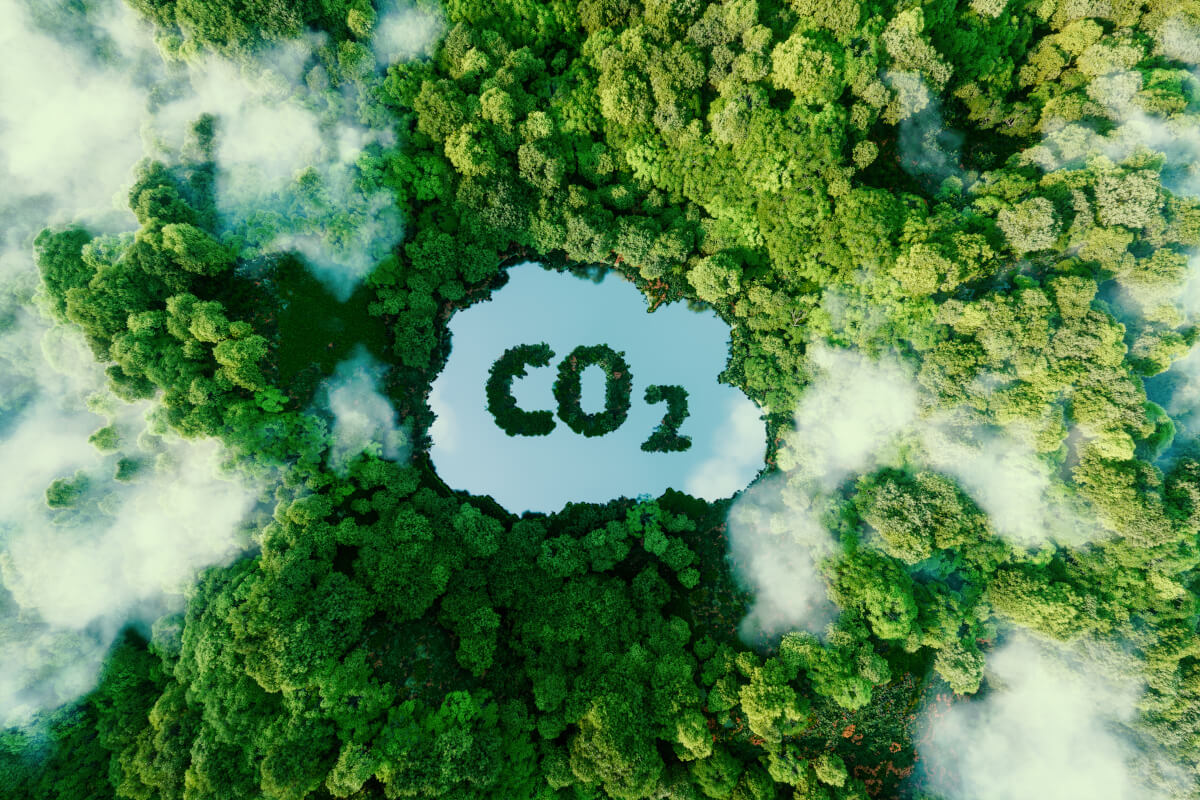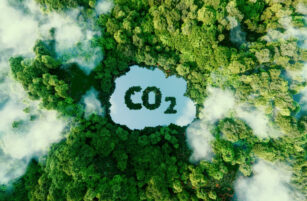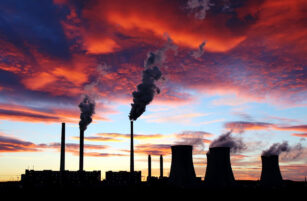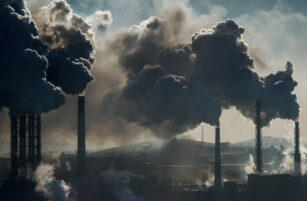Insight Focus
Eurozone banks have been found to charge higher rates to high-emitting companies. Policy shocks leading to rate hikes also penalise those without GHG plans.
Best Deals for Low Emitters
A new paper from the European Central Bank has found that banks in the Eurozone charge higher interest rates to companies with higher greenhouse gas emissions, but lower interest rates to those entities that have committed to a green transition.
The paper, published earlier this month, studied monthly mean interest rates charged to private corporations and concluded that “the…rate charged to firms in the top quartile by current carbon emissions consistently exceeds that charged to firms in the bottom quartile” by about 14 basis points, on average.
Furthermore, lending institutions also favour those companies that have committed to large-scale reductions in the future, as well as those that support or invest in innovative or less-proven low-carbon technologies.
The paper focused in particular on banks that had made lending commitments endorsed by the Science-Based Targets initiative (SBTi) and found that “SBTi signatories not only require greater loan premia from high emission firms, but also charge lower premia to those committing to emission-reducing investments.”
Monetary Policy Influences
The ECB study also investigated whether shifts in monetary policy lead to changes in the climate risk appetite of banks. “Expansionary monetary policy [might be expected to] induce banks to reduce monitoring efforts and lend to riskier borrowers, engaging in yield-seeking policies, while restrictive monetary policy has the opposite effect,” they wrote.
However, the study found the opposite to be the case. “Our evidence on the effects of monetary policy…uncovers a climate risk-taking channel of monetary policy,” the study said.
“Unexpected increases in the ECB’s policy rate are associated with an increase in the climate risk premium charged to high-emission firms, over and above the baseline increase in risk premium,” the ECB concluded. “Such restrictive monetary policy shocks are associated with a smaller increase in the climate risk premium charged to firms committed to lowering emissions.”
“Symmetrically, over the subsequent year they result in a significantly greater contraction of lending to high-emission firms than to low-emission ones, and in a lower contraction of lending to firms that commit to a target level of emissions.”
Coal Still More Attractive
Companies that are covered by the EU Emissions Trading System have no choice but to comply with the market’s regulations, and so their decarbonisation efforts are driven by law rather than by choice. But the study suggests that companies operating outside the EU ETS are increasingly being penalised by lending institutions for not implementing ambitious voluntary climate targets.
Meanwhile, EU carbon allowance futures prices remain stuck in the low- to mid-EUR 70s/tonne, and have shrugged off a more than 7% drop in natural gas prices in the last week.
Carbon’s stability is attributed in part to the relative improvement in operating margins for coal-fired power plants over the last few weeks, Data show that the clean dark spread – the margin for hard coal-fired generation – has moved above the corresponding margin for gas-fired power on a medium- and long-term basis.
The shift reflects an overall increase in gas prices, which have risen by as much as 25% in the last month. In contrast, coal is up by a little more than 5%.

The chart shows the difference between the clean dark and clean spark spreads for various delivery periods. A positive value means that the clean dark spread (coal) is more profitable than the clean spark spread (gas).
Gas Supply Issues Could Kick In
At the same time, analysts are expecting some modest pick-up in demand for EUAs from emitters as the annual compliance deadline approaches.
Despite the recent shift towards coal in the power sector, last week’s drop in gas prices may bring the two fuels back into alignment and might eventually resume favouring gas generation.
But while Europe’s natural gas stores are now 90% full, more than two months ahead of the mandated deadline, North Sea production is expected to drop for a while as many gas-producing installations in the region shut down for regular maintenance.
This drop in regional output, together with continuing geopolitical stress in Ukraine and the Middle East, is likely to keep the gas market in a state of anxiety about winter supply, and it’s possible that coal-fired power generation could remain more profitable than gas over the coming winter. That would boost demand for EUAs and sustain the market in and around its current price range.













